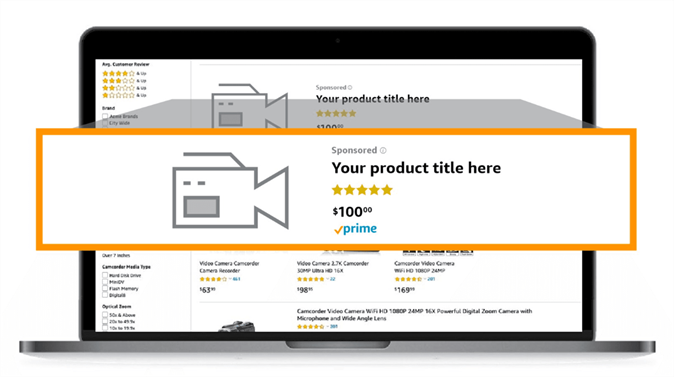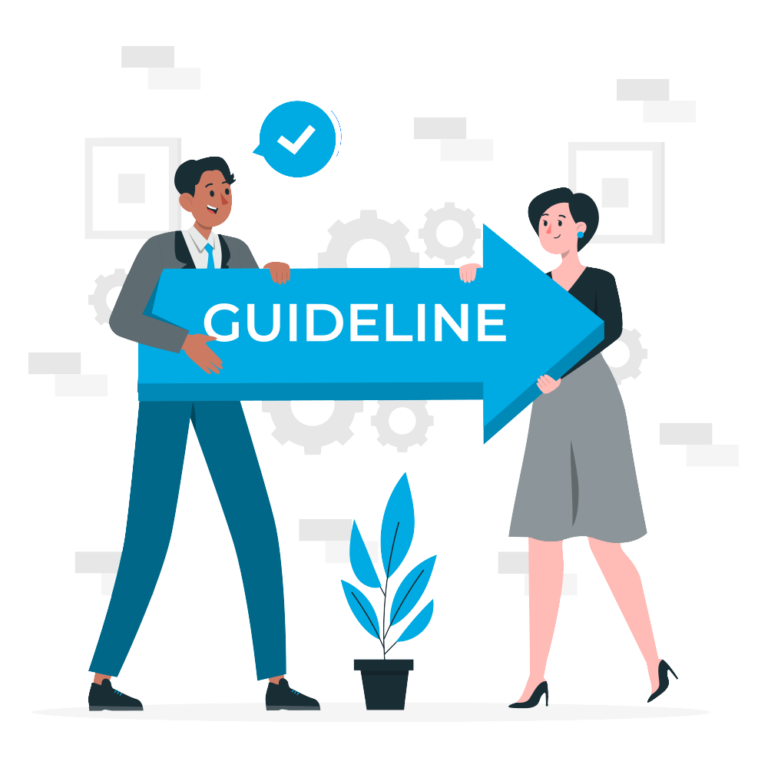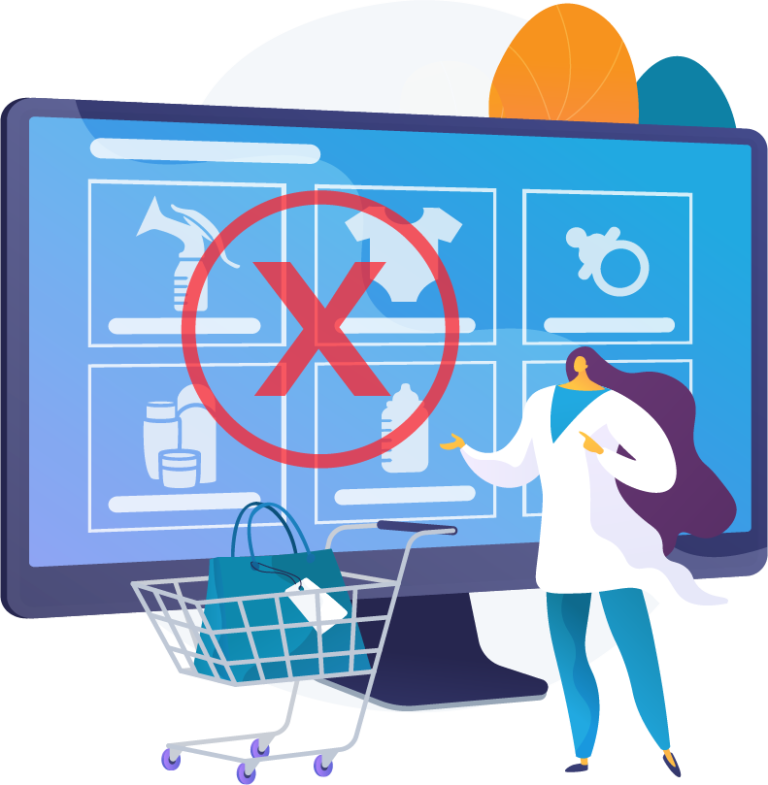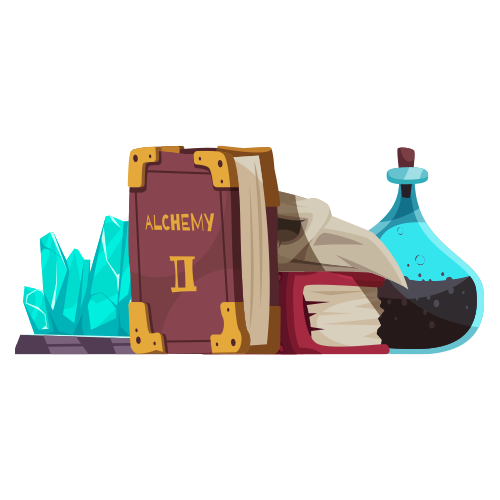Explore Our Product Launching Service – Learn More
Explore Our Product Launching Service – Learn More

Are you looking to make the most of your marketing budget and increase your return on investment (ROI) through sponsored ads?
Look no further than our comprehensive guide to effective sponsored ads management. With our expert advice and insights, you’ll learn proven strategies to maximize your advertising dollars and achieve optimal results. In today’s competitive landscape, sponsored ads play a crucial role in capturing the attention of your target audience and driving conversion. But it’s not just about investing in ads; it’s about managing them effectively to ensure you’re reaching the right people at the right time. That’s where our guide comes in.
We’ll cover everything you need to know, from understanding the different types of sponsored ads to choosing the right platform for your business. We’ll dive into the nitty-gritty of ad targeting, bidding strategies, and ad copy optimization. Plus, we’ll share industry best practices and expert tips to help you stay ahead of the competition. Don’t let your marketing dollars go to waste. Get ready to unlock the full potential of sponsored ads and achieve a higher ROI with our comprehensive guide to effective sponsored ads management.
Let’s get started and take your advertising efforts to new heights.
Sponsored ads, also known as paid advertising, are a form of online advertising that allows businesses to promote their products or services on search engines, social media platforms, or other websites. These ads are designed to appear at the top of search results or in the social media feeds of users who fit within the targeting criteria set by the advertiser.
The importance of sponsored ads lies in their ability to reach a highly targeted audience and drive conversion. Unlike traditional advertising methods, such as print or TV ads, sponsored ads allow businesses to reach specific demographics, interests, and behaviors based on user data. This means that your ad budget is more likely to be spent on people who are actually interested in your products or services, increasing the likelihood of conversion and a higher ROI.
However, simply investing in sponsored ads is not enough. To truly maximize your ROI, you need to manage your ads effectively. This includes understanding your target audience, choosing the right platform, setting a budget, and optimizing your ads for maximum impact.
Effective sponsored ads management can provide numerous benefits to your business, including:
Sponsored ads can help you reach a wider audience and increase your brand’s visibility. By appearing at the top of search results or in social media feeds, your ads will be seen by users who may not have been aware of your brand before. This increased exposure can lead to greater brand awareness and recognition, which can ultimately drive more traffic and sales.
With sponsored ads, you have complete control over who sees your ads and how much you spend. By setting specific targeting criteria, you can ensure that your ads are only seen by users who fit within your target audience. Additionally, you can set a budget for your ads, ensuring that you don’t overspend and that your ads are only displayed when you can afford it.
Effective sponsored ads management can lead to higher conversion rates and a greater ROI. By targeting the right audience with the right message, you can increase the likelihood of users clicking on your ads and converting into customers. This means that your ad spend is more likely to result in a positive return on investment.
To maximize your ROI, it’s important to track key metrics related to your sponsored ads. These metrics can give you insights into the effectiveness of your ads and help you make data-driven decisions to optimize your campaigns. Here are some key metrics to track:
The click-through rate measures the percentage of users who click on your ad after seeing it. A high CTR indicates that your ad is resonating with your target audience and driving engagement. To improve your CTR, consider optimizing your ad copy, targeting, and landing pages.
The conversion rate measures the percentage of users who take a desired action after clicking on your ad, such as making a purchase or filling out a form. A high conversion rate indicates that your ad is effectively driving users to take action. To improve your conversion rate, consider optimizing your landing pages, ad copy, and targeting.
The cost per click measures the average amount you pay each time a user clicks on your ad. This metric is important for managing your ad spend and ensuring that you’re not overspending on clicks. To lower your CPC, consider optimizing your targeting and ad copy to improve your relevance score.
The return on ad spend measures the amount of revenue generated for every dollar spent on advertising. A high ROAS indicates that your ads are generating a positive return on investment. To improve your ROAS, consider optimizing your targeting, ad copy, and landing pages to improve conversion rates and revenue.
One of the most important aspects of effective sponsored ads management is choosing the right keywords. Keywords are the words or phrases that users type into search engines or social media platforms to find information related to your products or services. By targeting the right keywords, you can ensure that your ads are seen by users who are actively searching for what you offer.
To research and select the right keywords for your sponsored ads, follow these steps:
Use keyword research tools like Google Keyword Planner or SEMrush to identify relevant keywords related to your products or services. Look for keywords with high search volume and low competition.
Narrow down your keyword list to focus on the most relevant and high-performing keywords. Consider the intent behind each keyword and how it relates to your products or services.
Organize your keywords into groups based on their theme or intent. This will help you create more targeted ads and improve your ad relevance score.
Regularly monitor your keyword performance and make adjustments as needed. Consider adding new keywords, removing underperforming keywords, and adjusting your bids to improve your ad position.

Once you’ve selected the right keywords, it’s time to craft compelling ad copy that converts. Ad copy is the text or image that appears in your ad and is designed to capture the attention of your target audience and entice them to click through to your website.
To craft ad copy that converts, follow these tips:
Your ad copy should clearly communicate what sets your brand apart from the competition. Highlight your unique value proposition and how it benefits your target audience.
Use persuasive language and messaging that resonates with your target audience. Consider using emotional appeals or highlighting specific benefits to capture their attention.
Your ad should include a clear call to action that tells users what action to take next. Use action-oriented language and create a sense of urgency to encourage users to take action.
Regularly test different ad copy variations to see what resonates best with your target audience. Use A/B testing to compare different ad variations and optimize your ad copy for maximum impact.
Once users click on your ad, they’ll be directed to a landing page on your website. Optimizing your landing pages is crucial for ensuring that users have a positive experience and are more likely to convert into customers.
To optimize your landing pages for sponsored ads, follow these tips:
Make sure that your landing page is relevant to the ad that users clicked on. Use the same keywords and messaging to create a consistent experience.
Keep your landing page design simple and easy to navigate. Use clear headlines, bullet points, and visuals to communicate your message.
Make sure that your landing page is optimized for mobile devices. Use responsive design and ensure that your page loads quickly on mobile devices.
Your landing page should include a clear call to action that tells users what action to take next. Use action-oriented language and create a sense of urgency to encourage users to take action.
A/B testing is a powerful tool for optimizing your sponsored ads and improving your ROI. A/B testing involves creating two versions of an ad and testing them against each other to see which one performs better. By testing different ad variations, you can identify which elements are most effective and optimize your ads for maximum impact.
To conduct A/B testing for your sponsored ads, follow these steps:
Choose an element of your ad to test, such as the headline, ad copy, or image.
Create two versions of your ad with one element changed. For example, one ad might have a different headline, while the other ad uses the same headline but a different image.
Run the two ad variations simultaneously and track their performance metrics. Determine which ad performs better based on key metrics like CTR, conversion rate, and ROAS.
Use the results of your A/B testing to optimize your ads for maximum impact. Consider making changes to your ad copy, targeting, or landing pages to improve performance.

Setting a budget and managing your ad spend is crucial for ensuring that you’re getting the most out of your advertising dollars. By setting a budget, you can control how much you spend on ads and ensure that you’re not overspending. Here are some tips for setting a budget and managing your ad spend:
Before setting a budget, determine your advertising goals and how much you’re willing to spend to achieve them. Consider factors like your target audience, competition, and desired ROI.
Choose the right bidding strategy for your advertising goals. For example, if you’re looking to maximize conversions, use a target cost-per-action (CPA) bidding strategy.
Regularly monitor your ad spend and adjust your budget as needed. Consider increasing your budget for high-performing ads and reducing your budget for underperforming ads.
Use ad scheduling to control when your ads are displayed and ensure that you’re not overspending during low-converting times.
Finally, it’s important to regularly monitor and analyze the performance of your sponsored ads to ensure that you’re getting the most out of your advertising dollars. Here are some tips for monitoring and analyzing your ad performance:
Use analytics tools like Google Analytics or Facebook Ads Manager to track key metrics like CTR, conversion rate, and ROAS.
Regularly review your ad performance and make adjustments as needed. Consider adjusting your bidding strategy, ad copy, or targeting to improve performance.
Stay up-to-date on industry trends and best practices to ensure that you’re using the most effective strategies for your sponsored ads.
Experiment with new ad formats and platforms to reach new audiences and stay ahead of the competition.
Effective sponsored ads management is crucial for maximizing your ROI and achieving optimal results from your advertising dollars. By understanding the different types of sponsored ads, researching and selecting the right keywords, crafting compelling ad copy, optimizing your landing pages, and monitoring your ad performance, you can ensure that your ads are reaching the right audience and driving conversion. Don’t let your marketing dollars go to waste. Use the strategies and tips outlined in this guide to take your sponsored ads to new heights and achieve a higher ROI.








